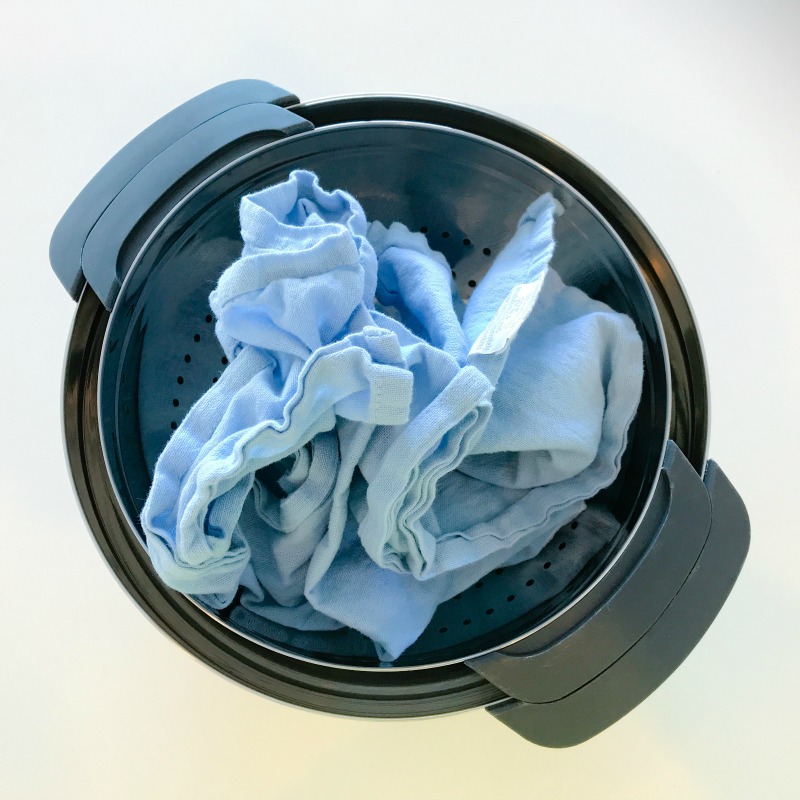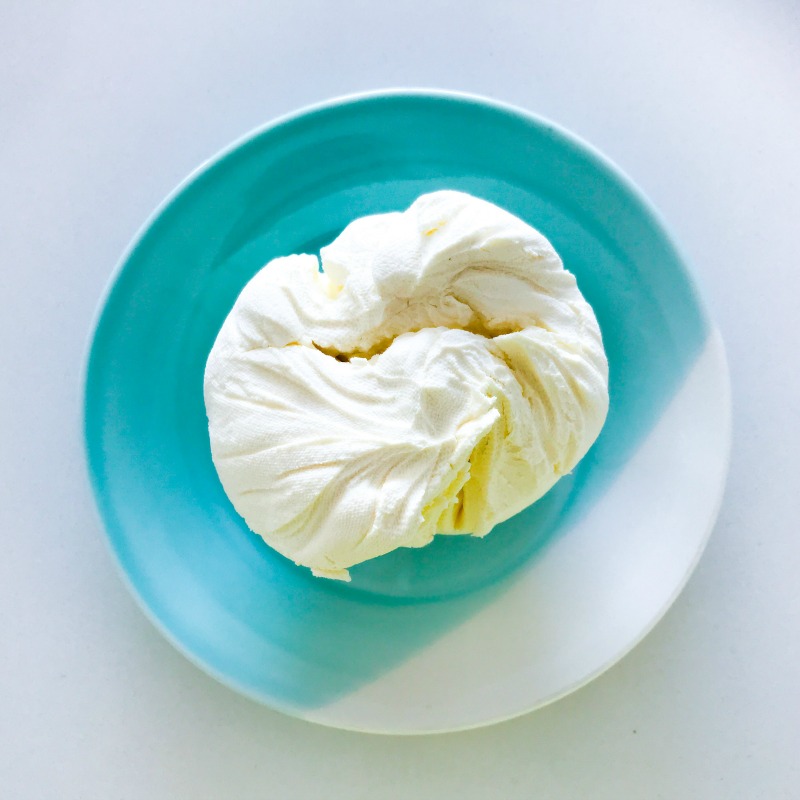How to Make Your Own Labneh
/How to Make Your Own Labneh
If you have never made your own labneh before, I hope this post is just the push you need to try it.
Don't know what labneh is? Well, labneh is simply yoghurt that has been strained to remove the liquid. But don't let that unglamorous description put you off. That's because home made labneh is WONDERFUL - luscious, creamy and snowy white. It looks divine as the centrepiece of a fruit or mezze platter, and is an amazing ingredient for special savoury or sweet dishes.
And it tastes nothing like the store-bought stuff either. When you buy labneh at your local deli, it usually comes in a jar submerged in olive oil, and often coated with herbs and garlic. Not only is it super-expensive, but you miss out on the luscious, clean taste of freshly-made labneh. And you can't use it as a decadently creamy addition to your fruit platter, either.
Most how-to-make-labneh articles instruct you use muslin to strain your yoghurt. This was a HUGE block for me. Firstly I had to hunt down and buy a piece of muslin. Then I had to wash it, because I had no idea where it had been. And by then I had forgotten all about making labneh. And then I lost my piece of muslin. And it all got too hard....
If you take away one thing from this post, I hope it is that YOU DON'T NEED BLOODY MUSLIN CLOTH TO MAKE LABNEH!!! If you have some on hand, awesome! You get to make authentically-made-with-muslin-labneh. But if you don't have ready access to muslin YOU CAN USE ANY CLEAN FLAT COTTON CLOTH! My only caveat is that the cloth needs to be flat, not textured; I wouldn't use terry towelling or any heavily textured fabric. I use my trusty well-worn cotton tea towels to make my labneh and it turns out beautifully every time - see my pics below.
What you will need:
A large strainer or collander
A larger bowl that you can sit your strainer in, to allow the excess liquid from your strained yoghurt to collect in.
Straining Cloth. It can be muslin. It can be a simple cotton tea towel. It just needs to be smooth textured and closely woven so that it lets the liquid drain through but contains the yoghurt solids! Don't be like me and let this stop you from making labneh. Just use something clean and see how you go!
Plain Yoghurt. The amount is up to you. I usually use a 1 litre tub to make labneh. Whatever amount of yoghurt you use, you will end up with approximately half the amount of labneh, depending on how much liquid you drain.
Optional: 1/2 to 1 teaspoon of salt. Lots of recipes recommend you mix a little salt into your yoghurt before you strain it, but I personally don't feel it's necessary.
How to Make Labneh:
Step 1: Place your collander/strainer inside your larger draining bowl and make sure it sits well above your liquid-collection bowl, so that the liquid can drain clear of your labneh. I was given a collander that is designed to sit above my draining bowl a few years ago, so that is what I use. If you don't have something like that, all you need to do is to sit something small in the bottom of your draining bowl. You could use a shot glass or even criss-cross a couple of teaspoons across the bottom of your bowl.
Step 2: Arrange your cloth inside your strainer and pour in your yoghurt.
Step 3: Cover and place in your refrigerator.
Step 4: Leave to strain for several hours or overnight. The longer you drain it the firmer your labneh will be. I personally like to change the straining tea-towel after a few hours. When I make labneh, I use a double-folded cotton tea towel (because that's what I have on hand and it works perfectly for me!). I find that most of the liquid from my yoghurt leaches out into my tea towel rather than dripping into the bowl. So I usually flip out my labneh onto a clean dry tea towel after a few hours or at the half way mark, to facilitate the magical drying-out process.
Step 5: When your labneh has reached your desired consistency (I like mine to have quite a firm "cream cheese" consistency), remove from your draining cloth, transfer to a separate container, or serve and enjoy! I like to give the labneh in my tea towell a final squeeze. This doesn't really remove any extra liquid, but it does give my labneh a pretty pattern (see my pic!)
Here's how I love to serve my freshly-made labneh:
Place freshly-strained labneh in the middle of a platter full of sliced fruit and nuts, drizzle with a little honey and encourage everyone to dig in!
Place labneh in the middle of a freshly sliced veggie platter and sprinkle with a mixture of finely chopped herbs and sesame seeds.
Roll labneh into 2-4cm (1-2 inch) balls, roll each ball in a mix of finely chopped fresh herbs, place in a small bowl and drizzle with extra virgin olive oil. Serve as part of a mezze platter or with crackers.
Here are a couple of extra tips!
Different plain yoghurts have different flavour profiles. The flavour of your yoghurt will impact the flavour of your labneh. Some yoghurts are quite bitey and tangy. These will give you a bitey, tangy labneh. Other yoghurts are mild and creamy. These will give you a luscious, creamy labneh.
The fat and protein content of your labneh will be impacted by the fat and protein content of the yoghurt you use to make it. I like to use low-fat yoghurt. This is because, the liquid in your yoghurt will drain away, but the fat content won't!
If you are tracking your macros, do a bit of "labneh maths" to work out the fat, protein and carbohydrate content of your labneh. So if you start off with 1 litre of plain yoghurt, work out the total fat, protein and carb content by multiplying the amounts listed under the "per 100g" column by 10. So for example, if you use a low fat yoghurt that contains 0.5g of fat per 100g, then the total fat content in your 1 litre of yoghurt will be 5g. This means that if you end up with 500g of labneh there will 5g of fat, or 1g of fat per 100g.
















